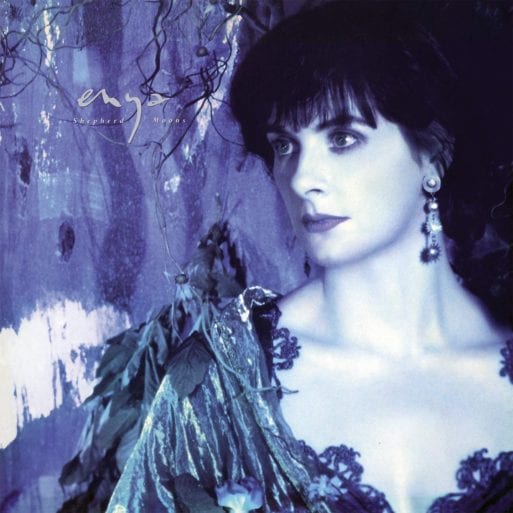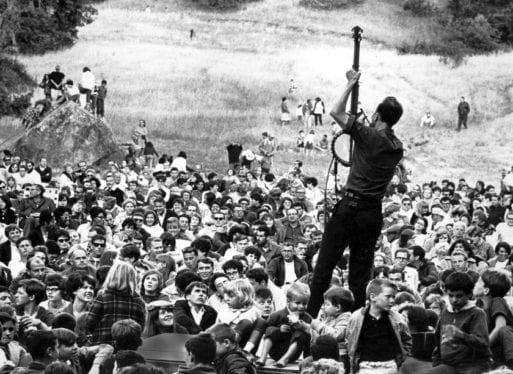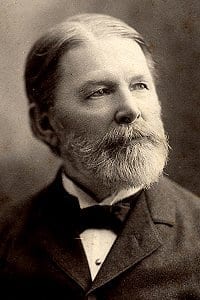
Irish singer Enya’s rendition of the hymn “How Can I Keep from Singing?” highlights the 1991 album “Shepherd Moons”
Some messages are universal and lasting, but they tend to don new robes as decades and even centuries pass and new generations discover anew their timeless truths.
Consider “How Can I Keep from Singing?” — a song that, penned first as a hymn in 1860, was revived as a folk song with populist overtones in the 1950s before again being reinvented for a 1991 album with a decidedly Celtic twist.
Popular singer Enya beautifully reimagined the 19th-century lyrics in the album “Shepherd Moons.” Her signature synth sound evokes a deep searching for peace in troubled times that, when coupled with the Irish singer’s soothing brogue, immediately places the listener inside an otherworldly sense of calm.
My life goes on in endless song, above earth’s lamentations.
I hear the real, though far-off hymn that hails a new creation.
Through all the tumult and the strife, I hear its music ringing;
It sounds an echo in my soul— How can I keep from singing?
From its outset, the song introduces the idea that maintaining a sense of peace within chaos is possible, and each of us has access to an eternal stillness that exists beyond time and space.
The song’s provenance has been widely misattributed over the years. The Irish chanteuse — along with American folk singer Pete Seeger, who performed a retooled version with additional lyrics by Doris Plenn in the 1950s — both believed the song had its roots in the Quaker tradition.

Pete Seeger performs in California in the 1950s.
Credit: latimes.com
“How Can I Keep from Singing,” in fact, was authored by American hymn writer and Baptist minister Robert Wadsworth Lowry (1826–1899) and was reportedly first published in 1868 in the New York Observer.
Lowry, who penned hundreds of spiritual songs, said his mind was always lost in melodies and turns of phrase. He’d wait for a mood to strike and jot some lyrics down on the back of an envelope or a scrap of paper. While the inspiration for “How Can I Keep from Singing” may not be immediately known, some themes stand out.

Hymn writer and
Baptist minister Robert Lowry
penned “How Can I Keep from Singing?” in 1860.
Credit: hymntime.com
Leaning on the certainty or promise of a divine love, even and especially when life appears bleak, is a common subject for hymns and gospel music. But this song goes further by recognizing how, within a single moment, both divine love and earthly trial may be coexistent. We need not rid ourselves of the tumult and the strife to hear the music ringing; we must simply train ourselves to listen to that which calls out to us and from within us.
No storm can shake my inmost calm, while to that rock I’m clinging.
Since love is lord of heaven and earth, how can I keep from singing?
Although tuning our minds and hearts to our own “inmost calm” can be difficult when seas outside are raging, the chord of universal presence is always struck and waiting for us to align ourselves with it. Once we resonate with this timeless truth — the unending love and acceptance at the center of all things (even us) — we need never be lost.
It is a comfort to remember that the expansive song of life is present beneath the surface of all things, and it is even more comforting to think that at any time, with some adjustments in our mood and frame of mind, we are capable of echoing that song back.

 “How Can I Keep from Singing?” by Robert Lowry
“How Can I Keep from Singing?” by Robert Lowry


 How Dare You Die Now!
How Dare You Die Now!
 Debating Medical Aid in Dying
Debating Medical Aid in Dying
 “Help Me, Helen”
“Help Me, Helen”














